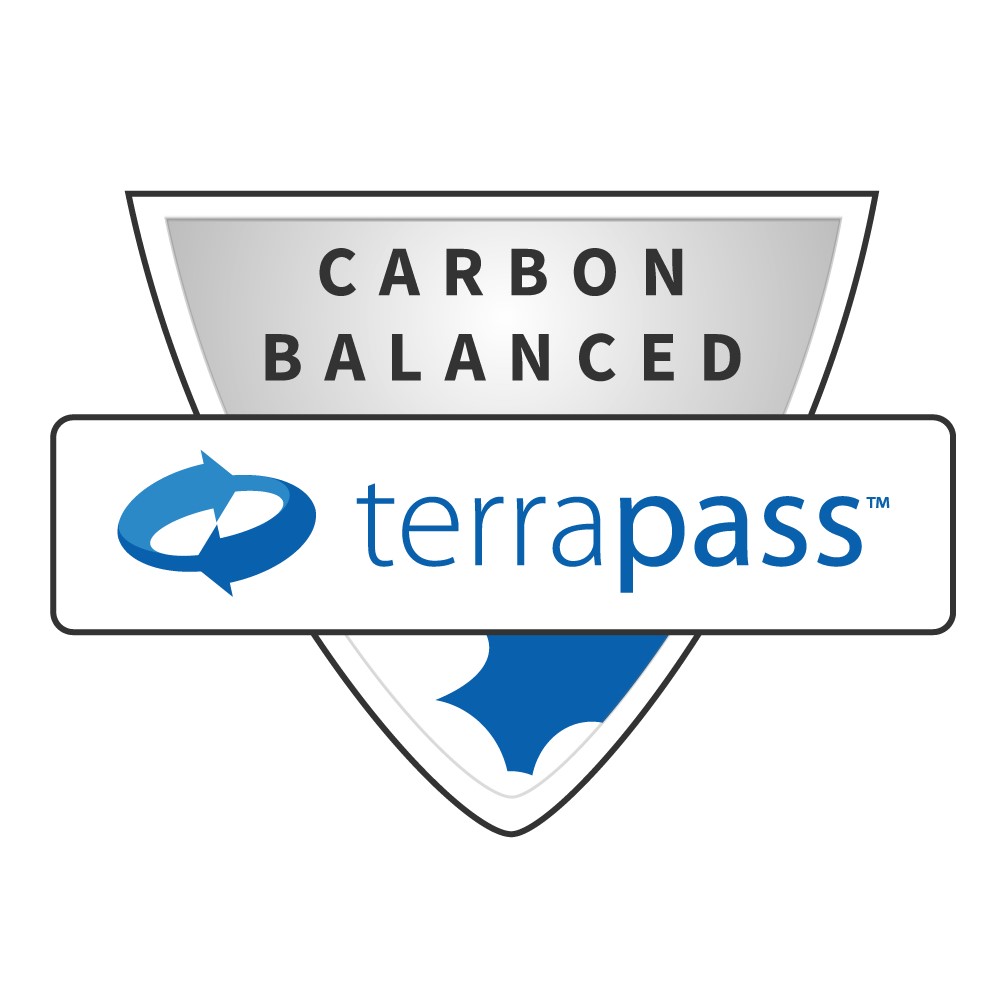Frequently Unresolved Asked Questions
Ask me anything through my contact form or DM me through Instagram or Twitter.
What is Quantrian?
At its heart, Quantrian is an art algorithm: computer programming that generates visual art according to its parameters. Not AI, but a custom-coded system. I feed it truly random numbers from live quantum fluctuations measured in a laboratory vacuum, and the code used those numbers for the thousands of tiny decisions it made to produce images inspired by various favorite modern and abstract artists. Numbers go in, pictures come out. The same algorithm generated all 100 images in the Series 1 collection. — and an updated algorithm is currently generating Series 3.
Or... Quantrian is not the algorithm, but the output: the collections of random generative images it produces.
Or... Quantrian is the process of curating and assembling the collections.
Or... Quantrian is the aesthetic of color, square, and line expressed through every image in Series 1, Series 2, and Series 3.
Or, just maybe, Quantrian is everything from the first line of code 20+ years ago to you reading this right now.
Are Quantrian NFTs generative on the blockchain the same way some other NFTs are, like CryptoKitties or Fidenza?
No. The original Quantrian code predated cryptocurrency blockchains by several years, so any Quantrian NFTs are minted as static images. They do not "live on the blockchain."
Are Quantrian generated by artificial intelligence (AI) systems such as Stable Diffusion or Midjourney? Did you use any AI writing tools to produce the code such as ChatGPT or Bard?
No. The Quantrian algorithms have always been custom-coded by hand from scratch for my own aesthetic purposes. I haven't used AI coding tools to write or debug anything in the Quantrian code. I've programmed in a dozen computer languages over the last several decades, from assembly and C to JavaScript and PHP, but this is my most long-term personal programming project.
How did you curate the original 100 images in Quantrian Series 1?
Quantrian began as an abstract art creation process using code written with a set of inspirations to produce a range of works that express a personal aesthetic, so the initial question for each image was clear: is it the type of image that I intended this process to create?
If yes, then as the artist I considered other questions:
- Is it interesting?
- Is it intriguing
- Is it curious?
- Is it beautiful?
- Does it have personality? What is it?
- Do I enjoy it?
- If this was the work of another artist, how would I feel about displaying it in my own collection?
- ...and more.
The answers to these questions determined whether a generated image was preserved in the limited Series 1 collection. If not, the image was allowed to vanish forever.
What do you mean by truly random?
Now we arrive at the intersection of science and philosophy.
Nothing is truly random. Things are merely sufficiently unpredictable: e.g. something feels random when we cannot fully predict all of the colliding factors and forces that cause events.
For example: if you toss a single marble toward the wall of a closed, empty room, you can probably predict where it will bounce and end up. If you toss two marbles at high velocity into that same room, can you predict where they will land? Maybe. Now toss a million marbles into that room, and remove gravity too. That level of complexity becomes unpredictable chaos to a human, but then again, a sufficiently capable computer could be programmed to accurately predict the trajectory and final coordinates of each marble, thanks to physics.
And so it is with random numbers on a computer. They are psuedo-random, or fake random. It's a pretty good illusion, but if someone was able to match your computer's precise setup, they could probably generate the same "random" numbers you did. Psuedo-random number generation has come a long way with the rise of cryptographically-secure methods, but it is still within the realm of possibility that the inputs could be known and the outputs could be duplicated.
Hence the use of quantum random number generators (QRNGs). It is beyond human knowledge to predict quantum events such as the tiny fluctuations of quantum energy in a sealed laboratory vacuum. We can measure them, but we cannot predict them.
So, Quantrian uses a type of QNRG to get its random numbers. It's the most unique method of ensuring absolutely one-of-a-kind results.
How have you responded to the environmental impact of cryptocurrency and NFTs?
I constantly draw inspiration from nature, which is the first and greatest system of generative artwork. So it was disheartening to learn many of today's cryptocurrencies — and NFTs built on that crypto — had a significant problem: an extraordinary use of energy. Despite the potential benefits to artists and art collectors, the environmental impact of NFTs was impossible to ignore once you've learned about it. Although the situation has changed since Quantrian was launched (see below), I responded to this from two angles.


Second, later Quantrian Series 1 NFTs shifted to minting through cryptocurrencies using low-impact "proof of stake" consensus mechanisms rather than the energy-intensive "proof of work," such as Polygon / MATIC, which was estimated to use 0.05% of the energy of original Ethereum transactions.
Then, in September 2022, Ethereum completed a major upgrade called "the merge" that converted the entire network to "proof of stake." This eliminated 99.95% of its energy consumption, so all future Ethereum transactions will have the same low energy use as Polygon and other "proof of stake" cryptocurrencies. All NFTs produced after that are under this upgrade.
Nonetheless, if you would like to own a Quantrian image without an NFT impact, fine art prints are available for most images.